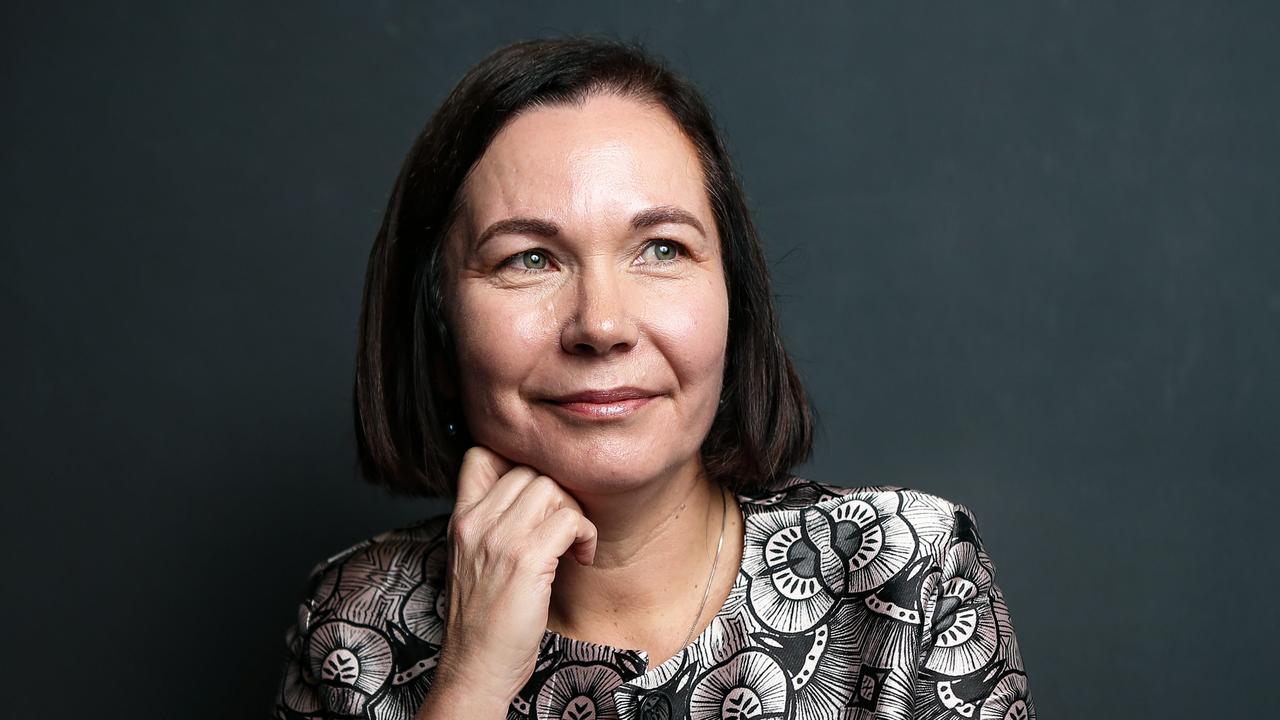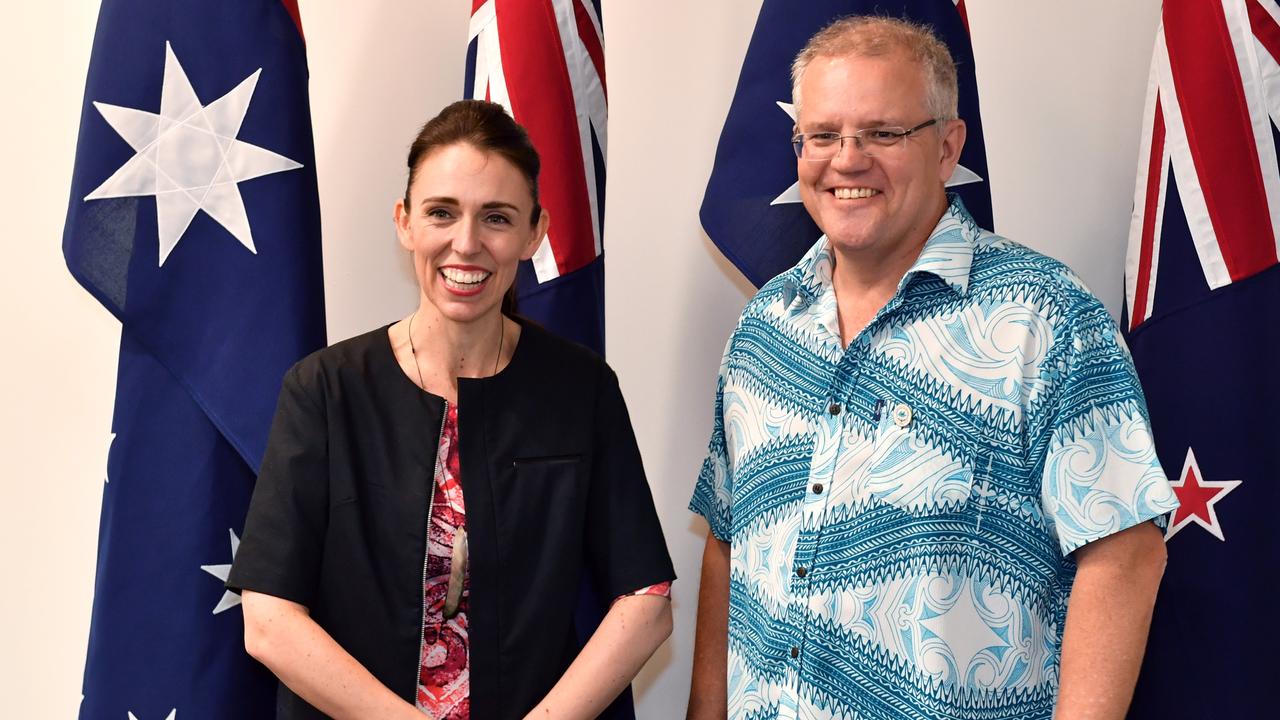In the years following the global financial crisis the US economy was on its knees while Australia sailed through thanks to our strong links with China, a long period of capital investment in the mining industry and a robust banking system.
But life has moved on and the world outlook has improved, particularly in the US and Europe.
As speakers at yesterday’s Citi conference reported, fresh from the annual IMF and World Bank meetings in Washington, the mood in the US is one of optimism. The economy there is growing strongly, inflation is low and business investment is picking up.
“We have turned the corner,” says Ebrahim Rahbari, managing director of global economics for Citi Research. “We are forecasting a global economy which is increasingly robust. Capital investment is finally picking up.”
Citi has revised its expectations of global growth from 2.5 per cent to well over 3 per cent. Rahbari argues that world inflation, particularly in the US, has remained unexpectedly low.
He says the wave of pessimism that gripped Europe and the US in the years after the financial crisis has now peaked.
Speaking of the mood at the uber economic gathering in Washington, Rahbari joked that economists were professional worriers and their biggest worry at the moment was not quite knowing what to worry about.
In contrast, Australia has been able to boast that it has had more than 25 years of uninterrupted growth, sailed through the financial crisis with no economic downturn and never experienced the pessimism that gripped other OECD countries when their banking systems were challenged.
But while the US is now enjoying new levels of capital investment on the back of economic recovery, low interest rates and low energy prices, Australian industry is facing continually rising energy prices.
Higher energy prices — and the prospect of continuing rises — are a concern for Australia’s business and the public.
Reserve Bank assistant governor (economic) Luci Ellis told the conference yesterday that energy was still a relatively small percentage of household budgets, but that worry about the rising energy prices was an issue that was having a negative effect on sentiment.
While Australia will benefit from the strengthening world economy, as was mentioned yesterday by Business Council of Australia chief executive Jennifer Westacott, the long period of mining investment is over.
She warned that Australia’s high corporate tax rate of 30 per cent was making the country less competitive as a place to invest in as other countries push to cut their rates — the average rate in Asia is now about 22 per cent, Britain is pushing towards 17 per cent and the Trump administration is making a big push to cut its corporate tax rate to way below ours.
“That puts us way behind the pack,” she says.
She also argues that the level of business investment in Australia is now down to levels not seen since the recessionary days of 1994.
While Australia has done well from its close economic ties with China, the Reserve Bank has been particularly vocal in recent times in stressing the potential risks in the Chinese economy as a result of its high level of leverage.
“In China, financial risks remain pronounced,” the bank says in the minutes of its last board meeting, released yesterday.
“The level of corporate debt in China was particularly high for the country’s stage of economic development.
“The extent to which this borrowing had occurred through opaque and less regulated channels add to the risks,” it says, referring to China’s growing shadow banking sector. “Members note that Chinese banks’ off-balance-sheet activities complicated an assessment of the resilience of the financial system.”
The bank’s latest Financial Stability Review, released last Friday, goes into detail about its concern over the high level of leverage in the Chinese corporate sector and financial system.
The Australian banking system is also dealing with tighter capital adequacy requirements as a response to the global financial crisis. While tighter controls are being imposed on all banks around the world, the Australian Prudential Regulation Authority has said it wants to take an even stricter approach to capital adequacy requirements so banks are “unquestionably strong”.
And while the Australian banks did not require a taxpayer-funded bailout during the crisis, anti-bank feeling is leading to tighter requirements — from the new bank levy and controls on bank executives to inquiries by APRA and securities regulator ASIC. Add to that newish “macro prudential” controls on bank lending for investor housing and interest-only loans.
The net effect will be to make banks much more conservative, in ways that could flow through into lower levels of corporate lending, particularly to small business.
The RBA has also been active in pointing out relatively high household debt. This is seen to be roughly OK because home prices have also risen.
But rising house prices do not necessarily mean more cash in borrowers’ pockets.
As was pretty clear from the conference yesterday, next year will be one of global interest rate rises, which will inevitably force RBA to lift rates — putting pressure on debt repayments.
The upbeat mood, particularly as newly exported from the Washington meetings, comes in distinct contrast with that in Australia, where investors are bracing for a long period of slow growth. No wonder talk of investing offshore is becoming the “new normal” for Australian investors, from small self-managed super fund trustees to the big fund managers.



